Why is the centenary of ANZAC important in modern Australia?
Respect. The centenary of ANZAC cannot be summed up in a greater word then respect for
what those valiant young, brave men and women fought for. For Australia to realise that we
as a nation owe an unforgiving debt to the ANZACs, “Lest We Forget”, their bravery, their
resilience, their hard-fought battles, we must commemorate those who fought for King and
country, foretold our nation would not stand as mighty as it does in this modern era.
I myself, only found out recently upon visiting the Australian War Memorial that one of my
relatives, and a family friend from both WW2 and Afghanistan did not die in vain, they
charged the enemy lines and saved fellow soldiers from certain death, and in turn costing
one his life, the ultimate sacrifice, while proudly serving his nation and all Australians. These
two men, both Private Frank Partridge VC, and Sargent Matthew Locke MG, from Macksville
and Bellingen respectively, both are commemorated at the role of honour, and hall of valour
in the War Memorial. To quote Matthew Locke’s Sister, Debbie Locke, “there is an ANZAC in
every one of us, we all share that great ANZAC legend, as did Matthew.”
As young a nation we were, our young fearless men and women were as patriotic and
supportive of British Involvement in WW1 that 416,809 of a nation of less than five million
risked everything to follow king and country into battle. Sacrificial and resilient with the
notion they could die at any time but did so in such honour and created a long-lasting
history of the Great War. In order to bestow our gratitude towards the ANZACs we need to
fully understand the battlefields they fought, they hardships they endured and sacrifices
that were made. “Lest We Forget” ANZACs are mainly recognised for charging Gallipoli under the orders of a Winston Churchill and suffering the loss of 8,709 brothers with 26,000 injured. Many Australians only see the ANZACs fighting in Ottoman controlled Gallipoli, without recognising the many valiant and
important battles we fought elsewhere. The ANZAC centenary must remain for the decades
to come for us modern Australians to remember that we would not be the same great
nation today if we didn’t involve ourselves so heavily in The Great War.
We often overlook the major significance of Lemnos during ANZAC commemoration, the
main epicentre of the ANZAC Gallipoli campaign, a location where we practiced landings,
where nurses treated our wounded brothers, where soldiers had brief moments of rest
between the carnage and mayhem of the Gallipoli Campaign, Lemnos is vital for the ANZACs
to come out of the Ottoman controlled peninsula alive. We must, as a modern nation,
commemorate the nurses and medical officers for without them the deaths of ANZACs at
Gallipoli would have exceeded 15000. Lemnos is one of the reasons why the centenary of
ANZAC is important, we must respect those who fought for our freedom. “Lest We Forget”
One town that claimed too many ANZAC’s and became known as Hell by frontline troops,
Passchendaele or actually known as The Third Battle of Ypres in 1917, is mostly overlooked
by modern Australians, we dismiss the battle as a singular assault on a town called
Passchendaele without realising, the assault was a targeted battle of capturing the southern
Belgium Gheluvelt Plateau from German Occupation, we simply didn’t just fight in a town
called Passchendaele where British General Haig, considered “shy as a schoolgirl” never saw
the battle.
Yet our fearless brothers in arms launched an assault to claim one of many key towns along
the front on July 31st and wouldn’t stop until 12th of November when the Canadians finally
took Passchendaele for the Commonwealth. To quote Siegfried Sassoon on his experiences
in Passchendaele “…I died in Hell they, called it Passchendaele, my wound was slight and I
was hobbling back; and then a shell burst slick upon the duckboards; so, I fell into the
bottomless mud, and lost the light” The name is synonymous now highlight the loathsome
of war and how in a few months, our nation lost another 36,500 brave ANZACs soldiers. In a
few months of battle, a whole town was completely destroyed, half a million soldiers died,
and an ever-lasting legacy was established. Passchendaele is often overlooked and forgotten,
but for our nation to commemorate ANZAC troops that shaped our nation and acknowledge
the legacy left behind, Passchendaele can not be overlooked.
What most Australians still don’t understand about the ANZACs during WW1 is they were
not old, the vast majority of those solders were young teenagers, around my age. The
ANZACS sacrificed easy living in Australia for dirty, vigorous, frontline war in what they
believed what a holiday away to Europe and The Middle East. We as a nation have shown
true loyalty to the crown, the Commonwealth. ANZAC Day seems to be now considered the
glorification of War by some, in reality we don’t glorify the war, ANZAC Day is the day of
commemoration for the fallen brothers of our nation.
Both in Villers-Bretonneux where in 1918, the 15th & 13th battalions recaptured the town
from German Occupation whilst fighting in a heavily destroyed town capturing it on 25th
April 1918 and in London where on April 25th, 1916, 2,000 Anzacs, marched in the first ever
ANZAC Day Service in the capital of the Commonwealth, our fair nation has transversed all
of Europe in a matter of four years whilst we lost some of the bravest and fearless soldiers.
The old chestnut, “Time waits for no man”, is written with remembrance in mind, we have
just passed another Memorial time post last Friday, 27th July with the 65th anniversary of the
Korean War Armistice. In between the 100th anniversary of WW1 Armistice, the 11th November 2018, we will once again pause to remember and solemnly reflect. This time its
the 75th anniversary of the Australian prisoners of war work at Hell Fire Pass and the
completion of the Thai Burma railway on the 16th October 2018.
A quote courtesy of the Department of Veteran’s Affairs highlighting the upcoming Century
of Service states:“The Century of Service honours and commemorates the service and
sacrifice by generations of Australian serviceman and woman who have defended our
values and freedoms in wars, conflict and peacekeeping operations from the Boer War to
today.” I add and beyond.
As in our family, all conflicts come with a huge price and consequences, the adjustments for
all it directly and indirectly touches, hypocritically for life and sometimes generational after
the loss of a family member. To finish with this from Debbie Locke, Sister of Mathew Locke
MG, “The price of freedom is very high in all terms not just monetary.” “ANZAC may be a
word, but for many it is a spirt, as some people move on, others never forget, and we don’t
remember for one day but always, we will not forget.” Conclusively, the War Memorial
Founder, Charles Bean, was told by a wounded solider at Gallipoli in 1916, “will they
remember me in Australia” the realisation is yes, we do. -Thomas Hain.
References:
Claven, J (2011) “Lemnos Gallipoli Commemorative Committee Inc” [ONLINE] Accessed Via:
http://lemnosgallipolicc.blogspot.com/p/anzac-history-on-lemnos.html
Unknown (Unknown) “The Anzac Day Tradition” (Australian War Memorial) [ONLINE]
Accessed Via: https://www.awm.gov.au/commemoration/anzac-day/traditions
Australian Government (2018) “Battle of Villers-Bretonneux” (Anzac Centenary) [ONLINE]
Accessed Via: http://www.anzaccentenary.gov.au/events/centenary-battle-villersbretonneux
Unknown (11 Nov 2002) “The 3rd Battle of Ypres (Passchendaele)” (Digger History)
[ONLINE] Accessed Via: http://www.diggerhistory.info/pagesbattles/ww1/france/3rd_ypres.htm
Hunter, C (10 Nov 2017) “Brining Bean’s Vision to Life” (Australian War Memorial)
[ONLINE] Accessed Via: https://www.awm.gov.au/articles/blog/charles-bean-and-the-artof-nation
Hain, T (28 July 2018) “Interview with Ms Debbie Locke & Mrs Belinda Jolley” [INTERVIEW]
Accessed Via: See Attached File

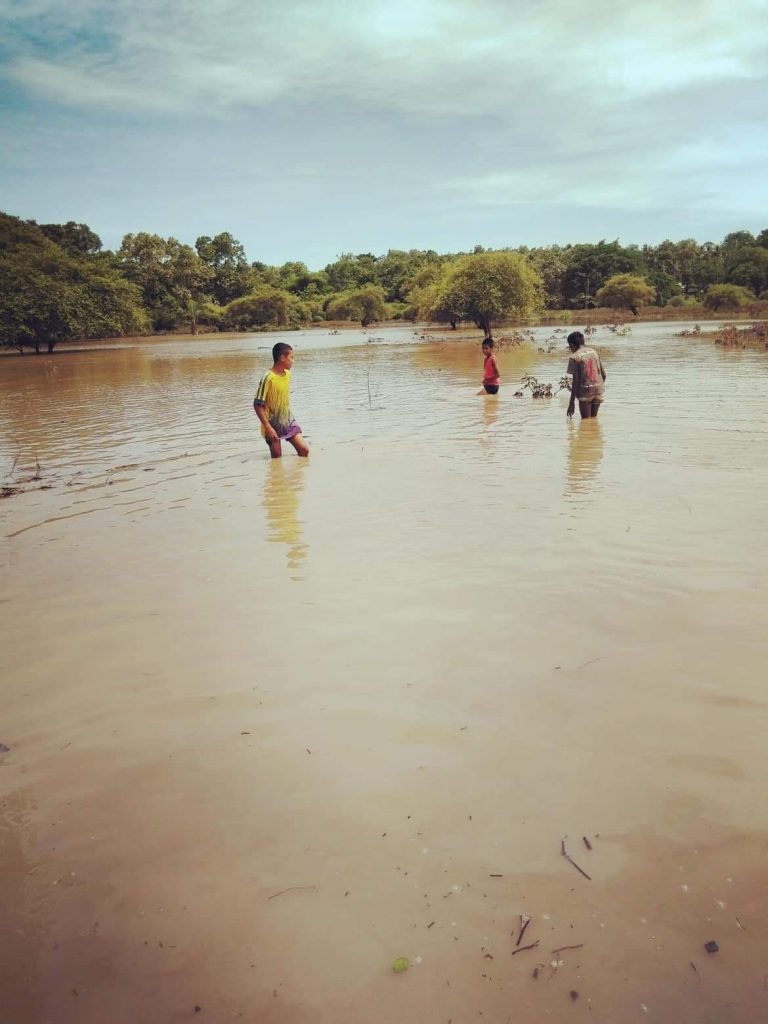


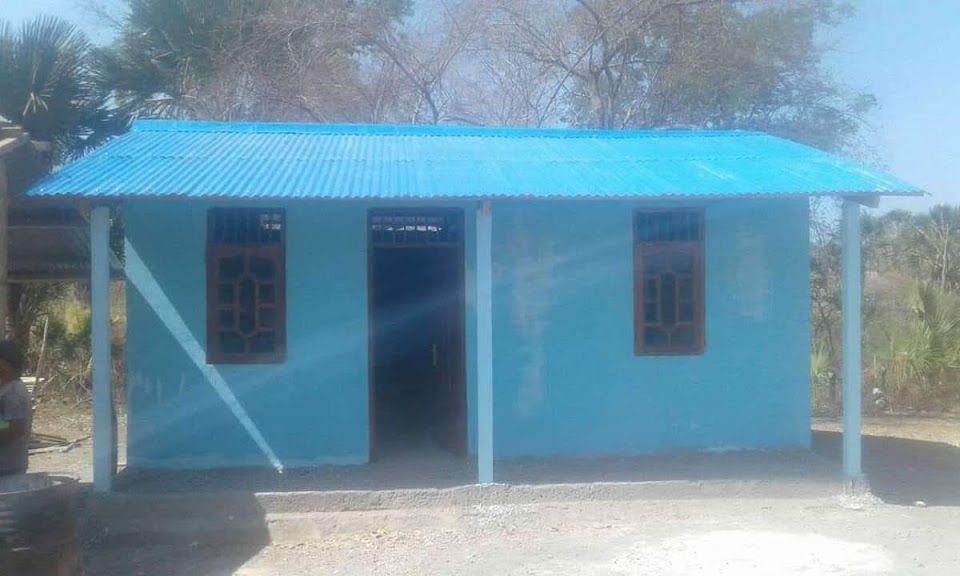

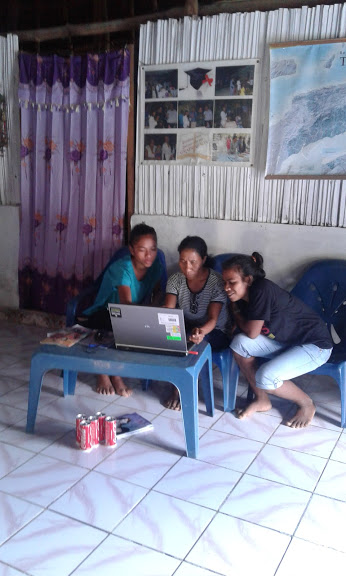
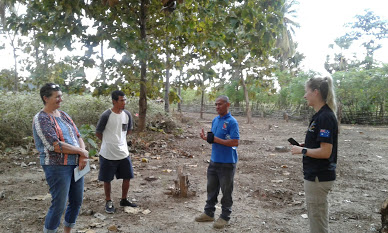

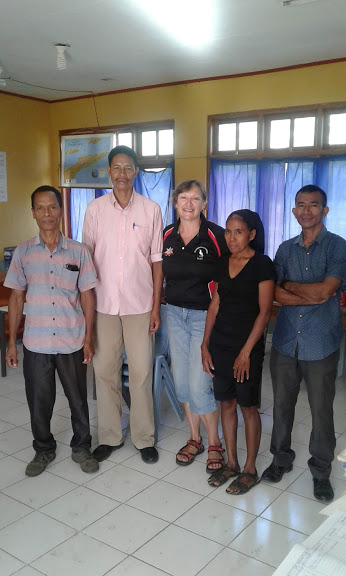
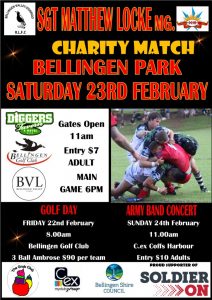
 Follow us on Facebook
Follow us on Facebook